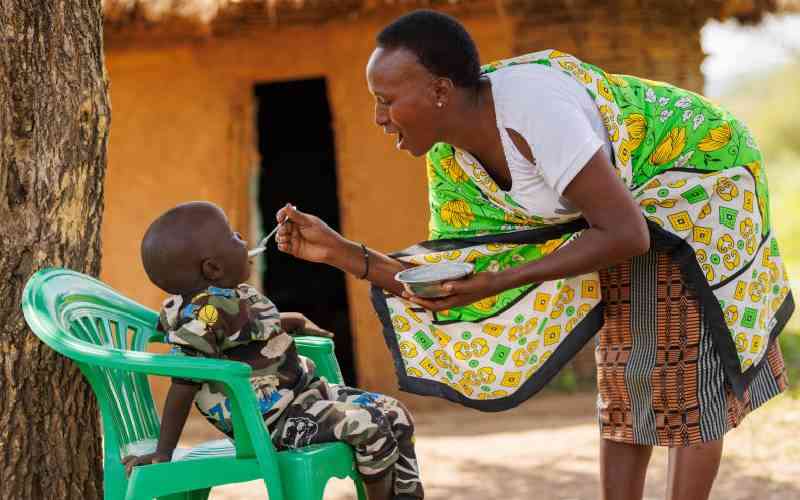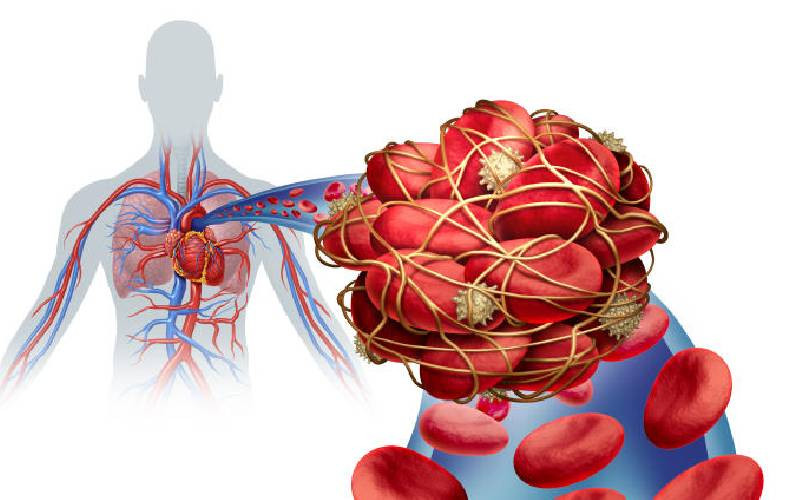
When you hear the word “malnutrition,” you may picture an emaciated child in a rural village. But the truth is, malnutrition wears many faces. It is the baby in Nairobi whose mother can only afford diluted porridge. It is the schoolgirl in Turkana whose family survives on one meal a day. It is the toddler in Kisumu who looks healthy but whose diet lacks the vitamins needed for her brain to grow.
In Africa, and especially here in Kenya, malnutrition is both a silent emergency and a daily heartbreak. It means that a child does not get enough of the right nutrients at the right time. Sometimes this shows up as wasting, where a child becomes dangerously thin for their height. Other times it manifests as stunting, where children are too short for their age because their bodies and brains have been starved of nutrients.
Who is most vulnerable?
It is often children in the first 1,000 days of life (from conception to two years old) who bear the heaviest burden and often, it starts with mothers who are themselves undernourished giving birth to babies who also end up disadvantaged from the beginning. In informal settlements like Kibera, or arid counties such as Marsabit and Garissa, poverty collides with climate shocks, poor sanitation, and limited health services.
I remember meeting Aisha in my clinical practice, a mother of four from Kibera. Her youngest, Ibrahim, was barely two years when we admitted him to the malnutrition treatment ward at a Nairobi Public Facility. When we saw him, he was listless and too weak to cry. He had severe acute malnutrition. “He just stopped sitting up,” she told me. “He stopped smiling.” It was a devastating situation but thankfully, close to two weeks of therapeutic feeding saved his life.
What does malnutrition mean for the future of a child?
Malnutrition in early life can cause irreversible damage. A stunted child is more likely to struggle in school because undernutrition literally shrinks the brain. The child is also more likely to suffer frequent infections, have less energy, and eventually hinder his potential as an adult. According to the World Economic Forum, children who are stunted often carry the consequences into adulthood, earning about 20 per cent less than their peers who were well-nourished. They are also 30 per cent more likely to live in poverty and far less likely to work in skilled jobs. This isn’t just a personal tragedy, it’s a national one. In Africa, undernutrition is draining up to 11 per cent of GDP every year due to lost productivity and reduced human potential. In some countries, stunting is so widespread that, if current trends continue, by 2030, nearly half of young adults could be physically shorter than expected for their age. The ripple effects on families and society
What can be done?
- Economy and politics major contributors of child malnutrition
- Kenya urged to adopt biopesticides for safer pest control methods
- How malnutrition and poor diets hurt Kenya's growth
- UNICEF warns childhood obesity surpasses underweight globally
Keep Reading
A multi-layered approach to combating malnutrition is needed to ensure that all children can meet their full potential. Leaders must treat malnutrition as a national emergency, not a statistic, as this condition is a solvable injustice.
 The Standard Group Plc is a multi-media organization with investments in media
platforms spanning newspaper print
operations, television, radio broadcasting, digital and online services. The
Standard Group is recognized as a
leading multi-media house in Kenya with a key influence in matters of national
and international interest.
The Standard Group Plc is a multi-media organization with investments in media
platforms spanning newspaper print
operations, television, radio broadcasting, digital and online services. The
Standard Group is recognized as a
leading multi-media house in Kenya with a key influence in matters of national
and international interest.











